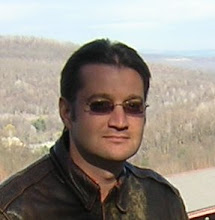The greenest of green organizations, the Sierra Club, is buying an office condominium in NoMa. But it won’t be joining in the green building craze — or at least it won’t be seeking the imprimatur of the U.S. Green Building Council’s LEED certification.I could point out that LEED-certified buildings have lower long-run energy costs, reduce greenhouse gas emissions and encourage the creation of green jobs - but why should I have to explain those things to the Sierra Club?!?
The Sierra Club is under contract to buy three floors — 28,000 square feet — of J Street Development’s office condominium project at 111 K St. NE in the neighborhood north of Massachusetts Avenue.
The nonprofit’s build-out will have green and energy-efficient elements, but the space will not be certified under the Leadership in Energy and Environmental Design program. The building itself will not be certified either.
The Sierra Club declined to comment on the decision to forgo review and certification under the LEED program.
On top of this, J Street Development, the owner/builder/developer of 111 K Street NE, is not a union contractor.
So I guess one black eye is not good enough for the Sierra Club. They had to go for the twofer.

























